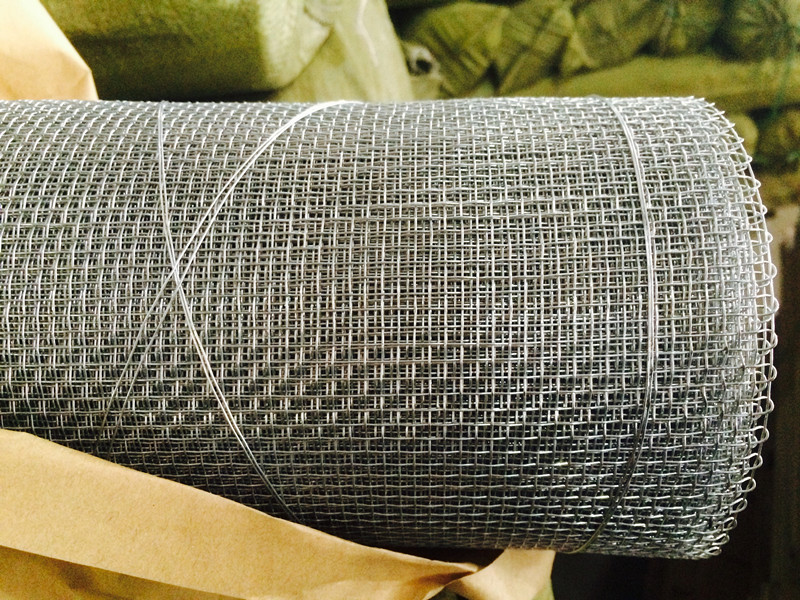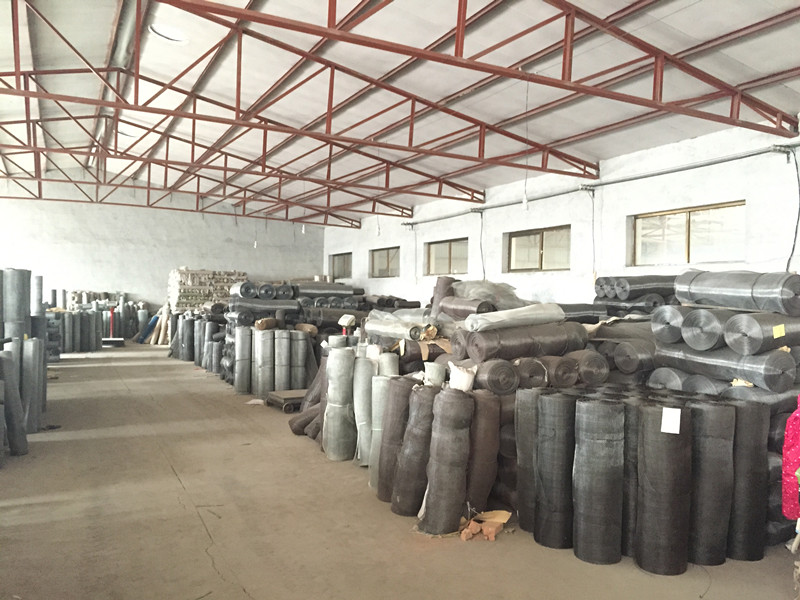Imposition tips
When packaging and printing factories make packaging cartons, it is a very important part of the production process to carry out subsequent die cutting processing on the printed products. When a printing factory uses a flat-press automatic die-cutting machine for die-cutting processing, the edge of the carton after die-cutting is often not smooth, which will naturally affect the appearance of the product more or less. The main reason for affecting the aesthetics of the product is that when the die-cutting process is performed on the flat-press automatic die-cutting machine, it is necessary to knock the knife by the edge of the mouth a few more small holes, in order to successfully pull the finished product from the machine The cracked nip is reflected in the die-cut box with uneven edges.
The main solution is to put the bonding point of the carton on the edge of the mouth as much as possible in the imposition. After ingenious imposition, the appearance of the carton formed by grinding and cutting will be very beautiful.
Printing companies generally use two methods in imposition for products with more than two pieces. If the pattern between the two pieces can be seamlessly connected, try to use a one-size-fits-all post-press processing method, and do not leave a gap in the middle, because the one-size-fits-all method can save paper and also save the application of making the die, and there are Conducive to cleaning up after die-cutting, killing three birds with one stone. However, if the pattern between the two fights cannot be seamlessly connected. Or because of the limitation of the shape of the two products, it is impossible to achieve one-size-fits-all, so generally at least 4mm wide row of knife positions should be left between the two products, and each product must have at least a 2mm pattern bleeding.
In summary, the printing factory can flexibly and cleverly perform the imposition, which can not only save costs, but also avoid the negative impact of the imposition on the die cutting process.
Some points to be noted when mixing ink
The preparation of ink is one of the important links in the printing process. The quality of the ink preparation directly affects the quality of the printed product. The following is the printing factory's experience of ink distribution, I hope to discuss with you.
1. When adjusting ink, you must pay attention to: hue, lightness and chroma.
First, we must carefully analyze the primary color draft, analyze the primary color draft according to the principle of the three primary color inks, and determine the color of the primary ink and secondary ink of the color draft. Theoretically speaking, according to the principle of trichromatic ink, any complex color can be prepared. But in actual work, it is not enough to use the three primary colors ink to match the color required by the customer. Therefore, in practical applications, more than ten kinds of inks such as deep yellow, medium yellow, light yellow, dark blue, medium blue, light blue, light blue, deep red, red, orange, light red, green ink, etc. must be used to meet the requirements.
Secondly, after the hue is adjusted, when adjusting the brightness, we usually encounter two situations: too high brightness and insufficient brightness. Brightness is too strong, you can add a strong color of the appropriate hue or simply add black or white to reduce the brightness. Insufficient brightness, you can add some white ink or light color ink of suitable hue to enhance its brightness. For example, we think that the yellow brightness is too strong, in order to reduce the brightness, we can add a little purple. Finally, adjust the chroma of the oil paint. When the color is too strong or too pure, you can add gray or black ink, or add complementary color ink. If the color is too gray, you should add pure strong color ink.
Second, when distributing ink, we must also consider what type of printing machine is used in the printing process.
The performance of each type of printing machine is different, so the issues to be paid attention to when distributing ink are also different. For example: when distributing ink for offset presses, it should be noted that the color of the ink is darker than the original color when the sample is spread. Because there is no printing pressure when the sample is expanded, its ink layer is always more vain. When printing, the rubber exerts a lot of pressure on the paper, the ink layer is strong and even, and the actual ink volume is less than the extension. The thin ink layer results in poor coloring power.
Third, you must understand the type of paper when mixing ink.
Use loose-textured, rough-surfaced paper with a large capillary absorption force, which can increase the ink absorption capacity. Pay attention to increase the amount of ink when mixing ink. Use smooth and strong paper, such as coated paper, and use less ink. Care should be taken to reduce the amount of ink used to avoid waste.
Fourth, we must also consider the issue of printing press pressure.
If the printing press has a large pressure and the layout is flat, it can make the printed ink layer uniform and strong, even, and the printing plate has no flower phenomenon. The pressure of the machine is low, and the force on the plate is insufficient, making the imprinted ink layer floating and not solid, and the printing plate occurs. You can only increase the amount of ink to change the state of the printing plate. This means that the same printing plate and paper require more ink to print on a machine with less pressure than a machine with high pressure. Therefore, the printing plate with a larger plate pressure is generally printed on a round flattening machine, which is not only beneficial to improve the quality of the product, but also saves ink.
To sum up, it is the printing factory's experience of printing inks, and I hope to discuss with you.
The rational application of pearl powder in the printing process
This time we are mainly talking about the rational use of pearlescent powder in the printing process
1. How to use pearl powder safely
Pearlescent powder is a semi-transparent flake pigment. If the operator accidentally inhales into the lungs, it will cause corresponding injury to the body. It is recommended that the operator should wear a mask and rubber gloves before blending the pearl powder, open the package and gently put the required amount into the jar (drum), and then soak it with 30% ethyl acetate or isopropyl alcohol for 30 minutes. Operation, but should not be stirred at high speed, otherwise it will destroy the particle size of pearl powder and affect its gloss.
2. How to mix pearlescent powder with pigment
Gravure printing mainly uses low viscosity liquid ink. When blending pearlescent pigments, a linking material (resin) with higher transparency and a transparent diluting agent with better printability should be selected. When preparing color inks, different types of color inks should be selected according to different papers. Pigment type color materials should be used for white card and whiteboard paper, and dye type color materials should be selected for PET composite paper. The pigment and pearl powder can be mixed, generally no more than 20% of the pearl powder. If the color tone is too heavy, it will affect the pearlescent effect, because the pearlescent pigment can only have a special light interference function in the ink layer with sufficient light, and excessive use of other colored pigments will lose a large amount of pearlescent light.
Blending method. Dilution agent: color ink: pearlescent ink = 75: 3: 22, each proportion can be added or reduced according to the desired effect.
Operation method: first use diluent and color ink to prepare (remember: to weigh to find the proportion), adjust to a slightly deeper than the required draft by scraping, then add the soaked pearl powder, stir evenly, wait for the pearl powder It can be used after being dispersed evenly in the ink.
3. Reasonable use of pearlescent powder on composite paper
For example, when printing pearlescent ink on PET composite paper, due to the better surface smoothness of the paper, the transfer rate of pearlescent ink is reduced during the printing process, and the covering effect is also poor, and the hair is printed to reveal the color of the paper. Then in the process arrangement, we must consider the spare color sequence, print the pearlescent ink or primer twice, so that the pearlescent light effect will be more vivid; if there is no spare color sequence, consider adding appropriate aluminum powder, white ink or transparent to the pearlescent ink Ink, the pearlescent light effect is slightly lost, but the coverage is improved.
Wire cloth, is created by connecting metal wire strands together to form a sheet. Woven Wire cloth is the ideal choice for applications that require both precision and strength. It is widely used as Window Screen, filters, vent, separators and gas diffusion.


Features
Materials: Galvanized Steel, Stainless Steel(SS), Aluminum.
Weave of type: Plain weave, Intercrimp, Twillled weave, Lock crimp, flat top, etc.
Benefits
Easy to bend and shape
Light weight and flexible
Long lifetime
Wire Mesh Screen,Stainless Steel Woven Wire Cloth,Galvanized Woven Wire Cloth
DINGZHOU TIAN YILONG METAL PRODUCTS CO., LTD. , https://www.wiremeshsolution.com